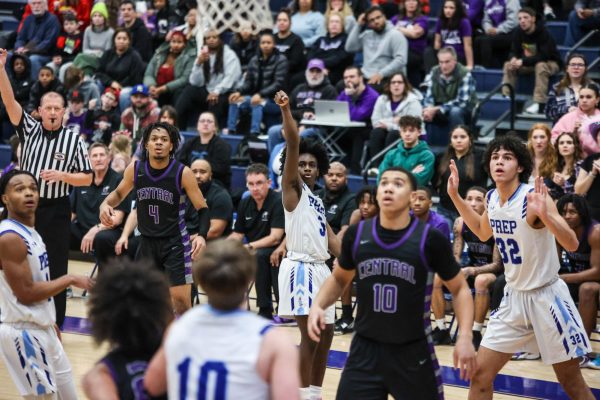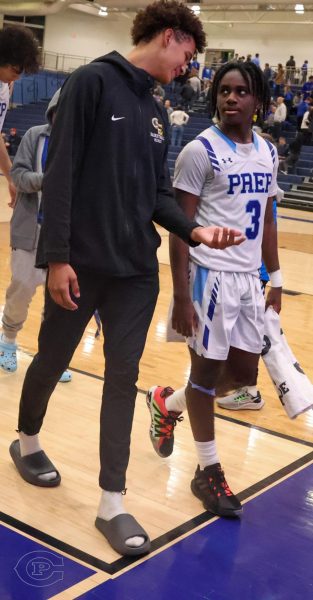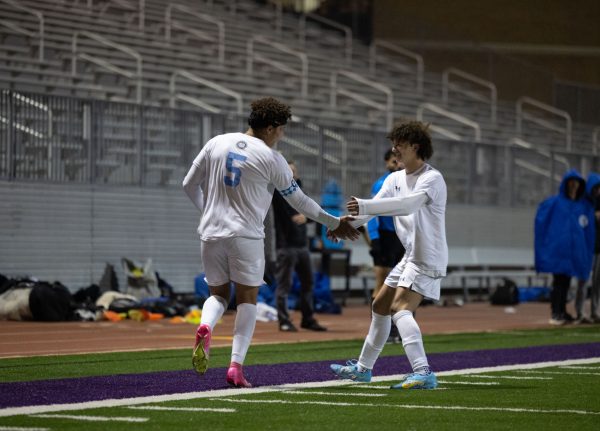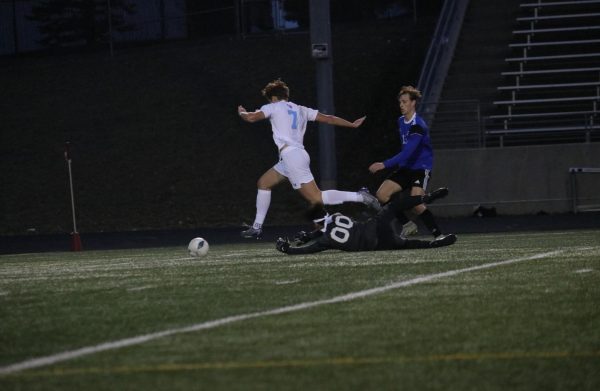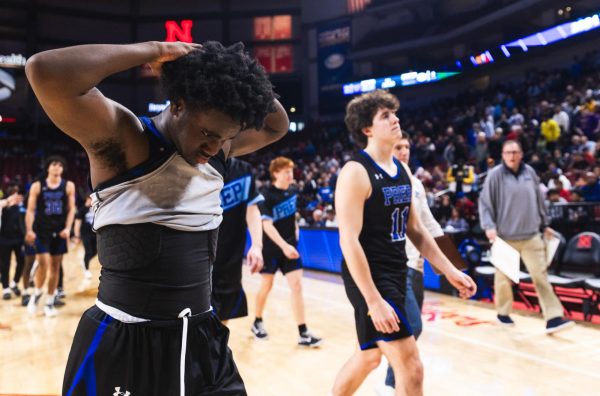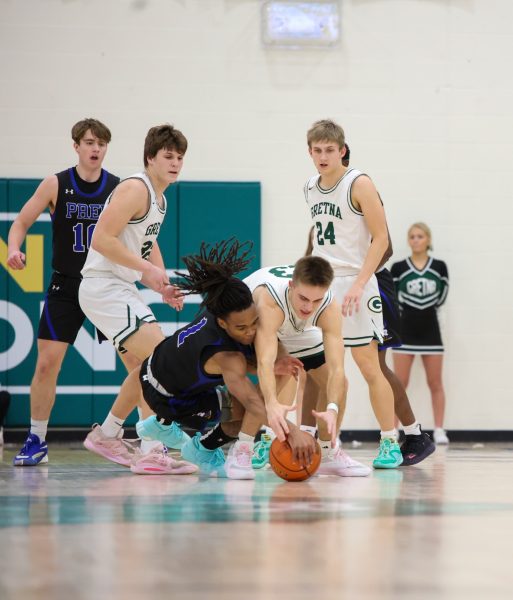Mental Health in Today’s Society
April 19, 2017
Mental illness is a prevalent issue with teens in today’s society. It is difficult to talk about. It can be hard to understand, and even more difficult to come to grips with. According to the National Institute of Mental Health, 12.5 percent of adolescents age 12 to 17 suffered from at least one depressive episode. Additionally, according to the World Health Organization, about 20 percent of children and adolescents around the world combined suffer from mental disorders or problems. A 2014 Newsweek study found that about 1 in 5 American adults suffer from a mental illness, a figure that holds true for the teenage population according to the National Alliance on Mental Illness. The umbrella of mental illness covers many conditions, including bipolar disease, schizophrenia, anxiety, OCD and depression.
Those statistics suggest that at any given class at Prep, at least one student is struggling with a mental health condition.
As is the case with any physical ailment, mental health issues can be treated, according to Steve Wertzberger, the head of Creighton Prep’s counseling department.
“There are very successful treatments so that a person with a mental health condition can live a normal lifestyle,” Wertzberger said. “We have to overcome that embarrassment. It’s no more embarrassing than a student that takes insulin for diabetes.”
Help is out there for all who need it, and it takes various forms. The National Suicide Prevention Lifeline is available 24/7 for all who need it at 1-800-273-8255. They offer a confidential and free environment for those suffering from mental illness to reach out for help.
To reach out for such help, one must be able to spot the signs of someone in need. The Jason Foundation publishes a long list of warning signs and factors, most notably:
- Threatening suicide/violence
- Past self-harm
- Sudden, rapid changes in personality and mood
- Expressions of helplessness and despair
- Increases in anger and aggressiveness
- Withdrawal from family, friends and relationships
- Lack of interest in previously enjoyed activities
- Giving away prized possessions
- Feelings of loneliness, shame, guilt or rejection
While this is not exhaustive by any standards, it offers a baseline to determine if someone is at risk.
In addition to such external resources, there are programs at Prep that attempt to help those in need.
“Prep’s counselors engage in regular professional development for counseling and have graduate degrees in counseling. They are the first responders for any students who might be struggling with mental health issues,” said Principal Jim Bopp.
When a student comes to a counselor for help, Wertzberger says his staff will assist to the best of their ability, but if the student’s need exceeds Prep’s capabilities, outside resources will be warranted. The most common of such is via Boys Town, which provides programs for help and recovery.
Additionally, the Prep counseling department conducts a session on depression in freshmen community periods and P.E. classes have a unit on mental health.
Bopp says everyone has a responsibility to ensure that no one feels ostracized to the point of extreme behavior.
“More mental health services is something we have been discussing throughout the year but we have not reached a decision on any specific changes at this time,” Bopp said. “An on-site mental health specialist is a possibility, but it’s important to remember that we are all responsible for looking after the well-being of each other.”
The underlying theme of the school’s message is that help will always be there for those who ask, according to Wertzbeger.
“The most important thing is to talk to a trusted adult if you sense something is not right,” Wertzberger said. “There is plenty of help out there for anyone who needs it.”


